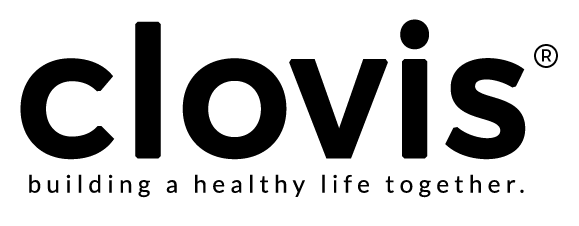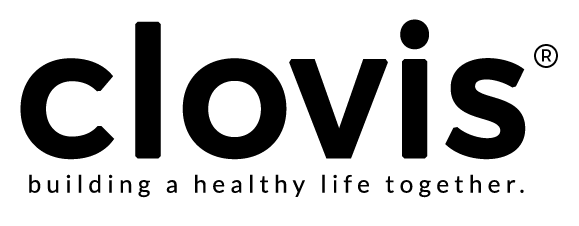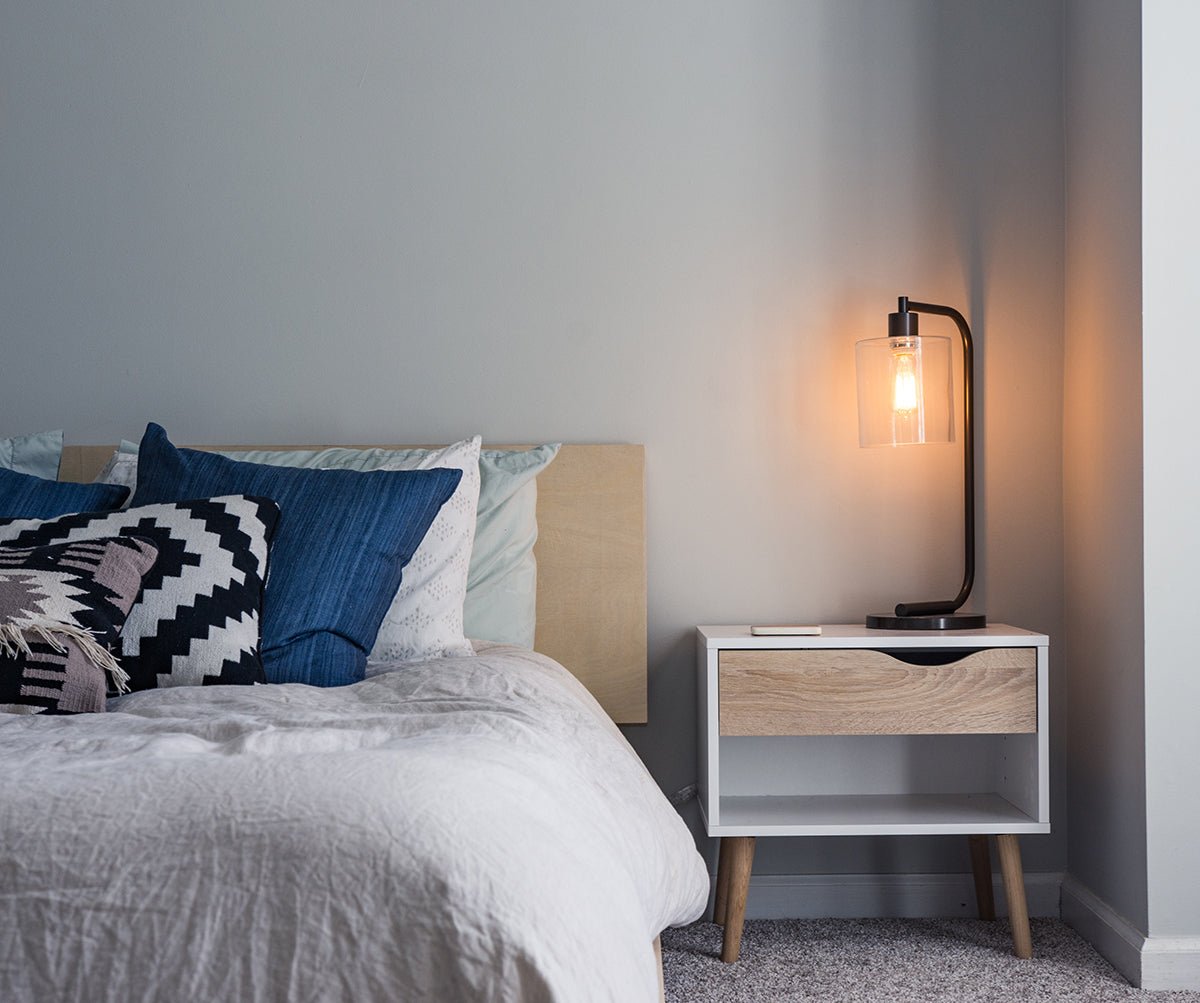Welcome to Part 2 of “Sleep Hacking: How I Achieved 100% Sleep Quality.” If you missed Part 1… Click Here!
* WARNING: It’s About To Get Nerdy!
You’re still here?! That means you’re one of the weird ones… like me! You’re not satisfied with a simple protocol; you need to know WHY. Well, you asked for it…
Step 1: Turning Off All Screens 1 Hour Before Bedtime!
In my opinion, this is the single biggest cause of insomnia in the US today! We have become so attached (dare I say, “addicted?”) to our electronic devices, that the thought of shutting them off for an entire hour seems almost unfathomable to some people. A survey conducted by The Sleep Foundation showed that 95% of all Americans use some type of electronics (computer, television, cell phone, etc.) within the hour before bed (11). That’s right, 95%! If you’re reading this post, odds are, you’re doing the same thing.
So, let’s think about this logically, roughly 30% of the population complains of sleep disruption and nearly 100% of those people use electronic devices before bedtime. Coincidence? Probably not. And here is why:
The backlit screens of your favorite electronic devices emit something called “blue light.” Without getting too technical, there is one fact that you should fully understand about blue light: Blue light simulates the sun and quite literally tricks your brain into thinking it is daytime (12).
Nighttime light exposure has been shown to suppress the production of melatonin,  the major hormone secreted by the pineal gland that regulates sleep and wake cycles (13). Blue lights, in particular, are the most melatonin suppressive, and you’re coming face to face with it every time you look at the screen of an electronic device! I’m not saying ditch your electronics altogether, but if you want to increase the quality of your sleep, the use of electronics before bed is a definite no-no. Even just one hour of bright light exposure is enough to bring nocturnal melatonin to daytime levels!
the major hormone secreted by the pineal gland that regulates sleep and wake cycles (13). Blue lights, in particular, are the most melatonin suppressive, and you’re coming face to face with it every time you look at the screen of an electronic device! I’m not saying ditch your electronics altogether, but if you want to increase the quality of your sleep, the use of electronics before bed is a definite no-no. Even just one hour of bright light exposure is enough to bring nocturnal melatonin to daytime levels!
*Other Solutions: I wholeheartedly recommend you avoid all electronic devices 1 hour before bed. However, if you absolutely must check e-mails, or watch a bit of TV to wind down at night, I can offer you two alternative solutions.
- If using a computer – I recommend you download a program called “f.lux”(14) a program that makes the color of your computer’s display adapt to the time of day, warm at night and like sunlight during the day. It can also be installed on iPads and iPhones if you are gutsy enough to “jailbreak” them, but that is beyond my scope of experience.
- If watching TV -I recommend you buy a pair of amber-lensed glasses (15). This is pretty much your only option if your goal is to block any and all blue light exposure before bed. Sure, you might look a bit nerdy, but you’ll be in the comfort of your own home and these glasses could drastically improve your sleep quality.
Step 2: Eating A Small “Ketogenic” Meal 1-2 Hours Before Bed:
First things first, the old idea that “eating before bed makes you fat” is a complete and utter myth (16). If a meal fits into your daily macronutrients (grams of fat, carbohydrates, protein, etc.), it does not matter what time of day you consume it. To be honest, I don’t believe in counting calories at all. If you choose the right foods, it’s just not necessary. But I digress, that is a much larger topic for another day!
I’ll break down this step as simply as possible. Fat keeps you full. Healthy fats are long-burning fuel for your mind and body. Assuming you will be getting a full eight hours of sleep, your body is essentially going to be “fasting” for eight hours straight. This is why getting in a ketogenic meal an hour or two before bedtime can be extremely beneficial. Healthy fats can provide your body with beneficial nutrients for hours, even while you sleep. In my case, grass-fed beef (animal fat) along with grass-fed butter were my healthy fats of choice. It is also worth noting that I lift very heavy weights at least three times per week, so I make it a point to get enough protein each day. Which brings me to my next point, protein.
Our bodies use protein for a host of different things, such as immune function and repairing muscle tissue. Most of your muscle recovery takes place while you sleep, and you need to make sure you’re giving your body everything it needs to repair damaged muscle tissue effectively. If you don’t give your muscles what they need to recover, you drastically increase you risk of over training, which drastically increases your risk of injury.
A solid night’s sleep, fueled by nutrient dense foods, will help your body make the absolute most of it’s recovery time and ensure that you wake up energized and ready to face the day.
Step 3: Turn Off All Overhead Lights One Full Hour Before Bed:
Honestly, a perfectly acceptable explanation of Step 3 would be, “See Step 1.” While avoiding blue light emitting electronic devices is a huge first step in improving sleep quality, unfortunately for us, even normal room light is enough to suppress melatonin production significantly at night. In a study of 116 people, exposure to room light during the usual hours of sleep suppressed melatonin by greater than 50% (17).
Now, I’m certainly not recommending that you navigate your way through the house by candlelight every night, but you might want to consider changing the type of light you are exposing yourself to before bed. I have several lamps around my house which contain red LED light bulbs. About an hour or so before I plan on going to sleep, I turn off all the overhead lighting in my house and turn on my red lamps. I’ve made this simple change a habit for quite some time now, and I have to admit, that last hour before bed is one of my favorite parts of the day! Give this step a try and I think you’ll be pleasantly surprised by the level of calm and relaxation you’ll experience from the very first night!
Step 4: Read A Book Under Red Light For 30-45 Minutes:
I have to be clear on this step; I am talking about a good old fashioned book! You know, those ancient objects from years past that people used to share information? The kind printed with ink and actual paper that comes from trees? Yeah, those things. Not your iPad, Kindle, iPhone, e-reader or any other kind of fancy pants technology you’ve adopted to save money on bookshelves. If you choose to do your reading on an electronic device, you make Step 1 (arguably the most crucial step in this list) impossible. You would also be negating any of the positive benefits of reading under the red light by blasting blue light directly into your eyes.
know, those ancient objects from years past that people used to share information? The kind printed with ink and actual paper that comes from trees? Yeah, those things. Not your iPad, Kindle, iPhone, e-reader or any other kind of fancy pants technology you’ve adopted to save money on bookshelves. If you choose to do your reading on an electronic device, you make Step 1 (arguably the most crucial step in this list) impossible. You would also be negating any of the positive benefits of reading under the red light by blasting blue light directly into your eyes.
I feel like I should make another suggestion here that I believe could be beneficial for those of you who have a hard time getting your mind to settle down at the end of a busy day. When choosing a book to read, stick to works of fiction. Personally, I’ve never really struggled with “shutting off my thoughts” at the end of the day, so I can digest the kind of content found in a book like “The 4-Hour Chef,” without worrying too much about my mind getting restless. For some people, reading a book that teaches any practical skill or application will only fill their mind with thoughts of how to apply their new skills the next day, and thinking about tomorrow is not a good idea when trying to improve the quality of your sleep.
Step 5: Drink 8 Ounces Of Organic Turmeric Tea With 1 Tablespoon Of Raw Honey:
You can do this slowly while reading your book under your new red lights! It’s about as relaxing as any activity can get. There’s also some data that helps explain why this might make a pretty substantial difference in the quality of your sleep.
Turmeric: Turmeric contains curcumin, which is a well-researched natural anti-inflammatory and has even been shown to reverse some of the symptoms associated with sleep deprivation (18). As if that weren’t enough, curcumin can help alleviate the effects of stress by blocking stress-induce decreases in a protein found in the brain called Brain-Derived Neurotrophic Factor (BDNF) (19).
As I mentioned earlier with protein, most of your muscle recovery takes place while you sleep. If you’re looking for an extra edge when it comes to recovery, curcumin might be the answer. One animal study found that mice treated with curcumin supplementation showed more muscle recovery in just four days than untreated mice showed in 20 days (20). We’re talking five times greater muscle recovery simply by adding curcumin to the diet.
Honey: While we sleep, we’re essentially in a state of mild paralysis, which means the brain is single handily running the show, which also means the brain is using a pretty significant amount of energy. If you want to give your brain some extra support to make it through a long night of sleep, hit it with a steady supply of glucose to keep it going for hours.
Why raw honey? Why not M&M’s or some other source of sugar. The answer lies in the actual composition of the honey. Honey is about 38% fructose and 31% glucose, the rest is water, it’s this particular structure that allows the honey to help fuel your brain for an extended period of time. Glucose enters the bloodstream quickly, so your brain can make use of it almost immediately. Fructose has to be converted before it can be effectively used for fuel, so it enters the bloodstream slowly. The glucose may help fuel your brain for the first half of the night, while fructose could assist in feeding the brain for the latter half (21).
Step 6: Lay On A Sleep Induction Mat For 10 Minutes:
The sleep induction mat is all about a practice from the world of alternative medicine that has been used for centuries called “acupressure” (22). Acupressure is a technique similar in practice to acupuncture and is centered around the Meridian System, which is a belief held in traditional Chinese medicine about a pathway within the human body through which the life-energy known as “qi” flows (23).
Let’s be honest; acupuncture is a hotly debated topic, and there are experts on both sides of the fence who can cite a host of studies and facts to prove their point one way or the other. My goal here is not to sell you on the idea of acupuncture. I have personally never received any acupuncture treatment, so I don’t have an opinion on acupuncture. I’m just here to outline my personal experiences with my sleep induction mat (aka “acupressure mat”) and they have been wonderful!
The website, www.upgradedself.com, where I bought my sleep induction mat, states that “a few minutes of lying on the mat stimulates acupressure points up and down your back to ease your body into a deep relaxation response” (24). After months of using my own, I’d have to agree. Obviously, I don’t believe that each and every person out there will have the same experiences I did when using the mat, and I’m certain that the effectiveness of the product will vary based on the individual, but for me, it works. Period.
I find the mat to be so effective that I have to be extra cautious when using it. The idea is to launch your body into a state of relaxation. However, the mat is not intended to be slept on throughout the night. I’ve had nights where I lay down on the mat, and I’m out cold within five minutes! Four hours later, I wake up with this mat glued to me, and my entire back feels like an intense sunburn. So, while the mat is perfect for relaxation, I definitely do not recommend sleeping on it!
Step 7: Do 10 Minutes Of Sleep Meditation:
This step could also be combined with Step 6, if you choose to do your sleep meditation while lying on a sleep induction mat. The first night I achieved 100%, I had removed the sleep induction mat before doing my sleep meditation, however, I have since achieved similar results by combing steps 6 and 7.
Meditation has played a huge part in improving my overall mental health and wellness. I find it to be an invaluable tool for focusing the mind amidst days of absolute chaos that often come with the territory of entrepreneurship. I eased my way into meditation using an app called “Headspace” (25). I signed up for their free trial and was hooked pretty quickly. I bought a subscription and have been meditating daily ever since. The app has specific training techniques for different aspects of life, such as focus, relationships, happiness, etc. They offer an entire 30-day program focusing exclusively on sleep, and you can choose the duration of your sessions. Since I almost always fall asleep before the session is even over, I prefer 10-minute sessions. You can experiment and decide what works best for you!
Step 8: Turn Off Red Light and Put On Sleep Mask:
Now, if I’m honest, step 8 doesn’t always happen for me. The first 7 steps truly epitomize relaxation for me, and I generally don’t make it through my sleep meditation. That being said, the first night I achieved 100%, I made it all the way to step 8. It’s the simplest of all the steps. Just turn off the light and put on your sleep mask.
This step is kind of self-explanatory. The darker your room, the better. If you don’t feel like decking out your room with blackout curtains and disabling any and all sources of light, just wear a sleep mask, problem solved. It’s comfortable, effective and extremely affordable. Also, it’s easy to travel with, making it a lot easier to get a good night’s sleep in hotel rooms that provide a less than ideal setting for optimal sleep quality.
There you have it! You are now an expert on sleep and will never suffer another sleepless night as long as you live… Ok, that might be an exaggeration, but you get the idea! The method is simple, it’s effective and best of all, it’s extremely enjoyable. Think of it as your end of the day “time out.” You get to sit back, relax, enjoy a good book, sip some hot tea and drift off into a blissful night’s sleep that will leave your body feeling energized and ready to tackle the daily grind!
Give it a shot! Leave me some feedback and let me know if these steps worked for you. If you found this article to be helpful, pass it along to your friends and family by sharing on social media!
Sources:
13. http://en.wikipedia.org/wiki/Melatonin
15. http://www.amazon.com/dp/B000USRG90/?tag=chrikres-20
16. http://www.webmd.com/women/features/stomach-problems?page=3
17. http://www.ncbi.nlm.nih.gov/pmc/articles/PMC3047226/
18. http://flowathletics.com/curcumin-turmeric-athletes/
19. http://www.sciencedirect.com/science/article/pii/S0166432812006997
20. http://www.ncbi.nlm.nih.gov/pubmed/10444409
21. http://blog.sethroberts.net/2013/11/05/honey-at-bedtime-improves-sleep/
22. http://en.wikipedia.org/wiki/Acupressure
23. http://en.wikipedia.org/wiki/Meridian_(Chinese_medicine)




Share:
Sleep Hacking: “How I Achieved 100% Sleep Quality” - Part 1
In Defense of Eggs: No, They Aren't Going To Kill You